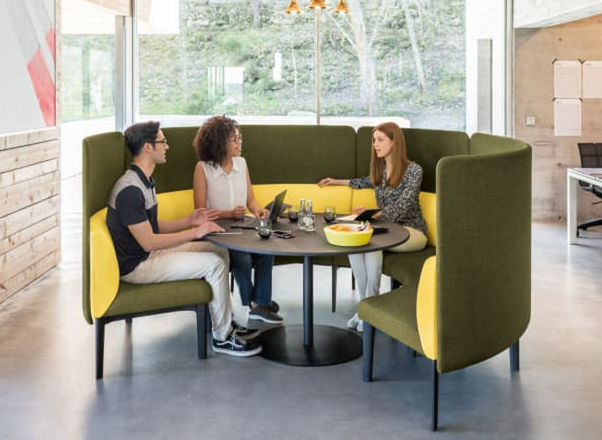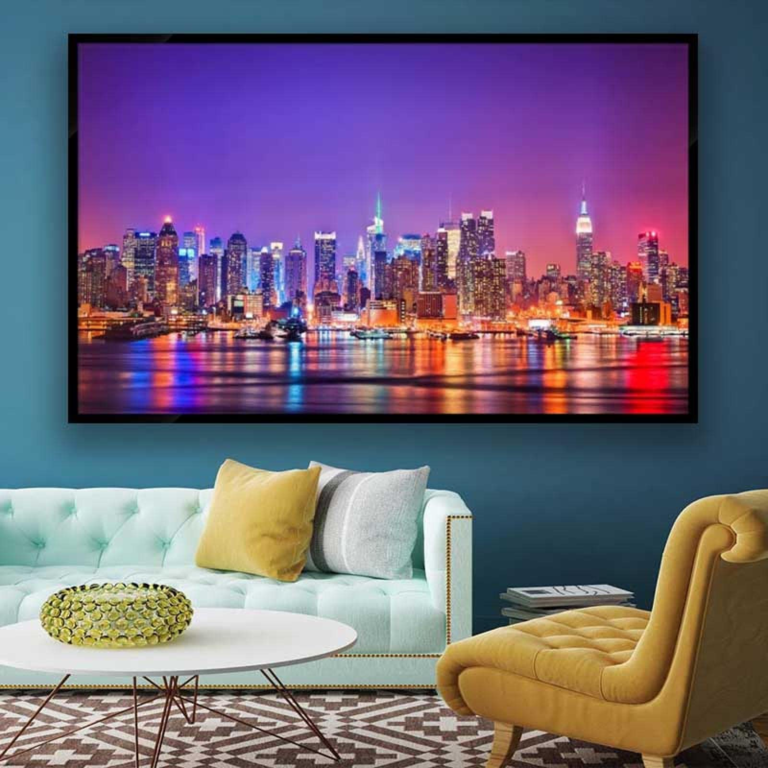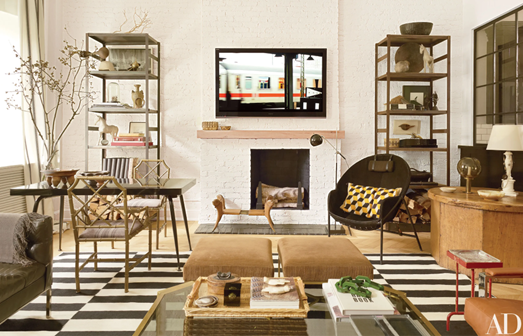Shabby Chic interior design is a style that mixes vintage or antique items with newer, more modern pieces to create a unique and charming look. It typically involves using furniture, fabrics, and decor that have a worn, distressed, or weathered appearance, giving the impression that they have been loved and used over time.
This style often incorporates soft and muted colors, such as pale pinks, creams, whites, and light blues, and uses a lot of natural materials like wood, cotton, and linen. Shabby Chic design also embraces florals and other feminine touches, such as ruffles and lace.
The shabby chic style creates a cozy, welcoming, and relaxed atmosphere that feels lived-in and comfortable. It’s a style that celebrates imperfections and embraces the beauty of aged and worn items.
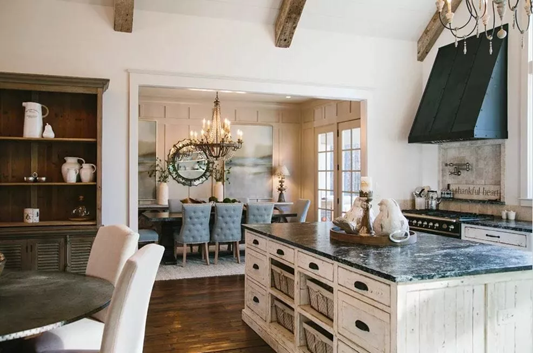
Introducing the concept of mixing old and new in shabby chic style
Mixing old and new elements is a key principle of the shabby chic style. It’s a way to create a unique and personalized look that reflects the homeowner’s individual style and personality. By combining vintage or antique pieces with newer, modern items, you can create a sense of depth and history within a space.
When it comes to mixing old and new in shabby chic design, there are no hard and fast rules. Instead, the focus is on creating a harmonious balance between the different elements. You can achieve this by playing with color, texture, and proportion, and by using your intuition and personal taste to guide you.
Why mixing old and new is a key principle in shabby chic design?
Mixing old and new elements is a key principle in shabby chic design because it allows you to create a space that is both charmingly vintage and fresh and modern at the same time. By combining antique or vintage pieces with newer, more contemporary items, you can create a unique and personalized look that reflects your individual style.
In shabby chic design, the old and new pieces are often juxtaposed against each other, creating a visual contrast that adds depth and interest to the space. This contrast also highlights the beauty of each piece, drawing attention to their unique qualities and features.
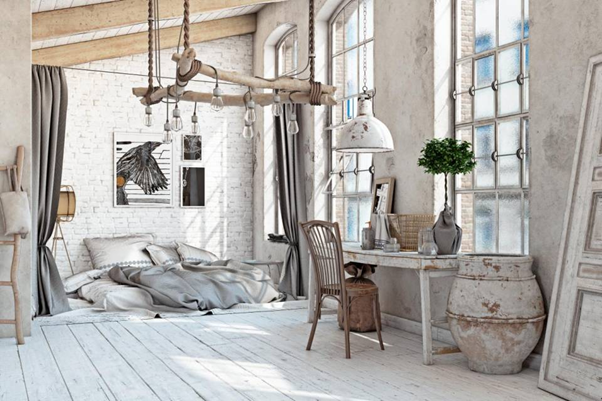
Mixing old and new also allows you to create a sense of history and depth within a space. By incorporating vintage or antique items alongside newer pieces, you can create a sense of continuity that gives the space a lived-in, comfortable feel. This can be particularly effective in creating a cozy and welcoming atmosphere in a room.
Additionally, mixing old and new elements in shabby chic design allows you to be creative and eclectic in your decorating choices. There are no hard and fast rules when it comes to combining old and new, so you can experiment with different textures, colors, and materials to create a look that is uniquely your own.
Balancing the Old and the New
Tips for selecting vintage and antique pieces
Selecting vintage and antique pieces for your shabby chic design can be a fun and rewarding experience. Here are some tips to keep in mind when choosing these pieces:
Look for pieces with character: Vintage and antique pieces often have unique character and charm that newer pieces lack. When shopping for these items, look for pieces that have interesting details, such as carved wood, unusual shapes, or ornate hardware.
Consider the condition: While some wear and tear is to be expected with vintage and antique pieces, you don’t want to buy items that are too damaged or in need of extensive repairs. Before making a purchase, inspect the item carefully for any cracks, chips, or missing parts.
Mix and match: Don’t be afraid to mix and match different eras and styles when selecting vintage and antique pieces. Combining items from different time periods can add interest and depth to your shabby chic design.
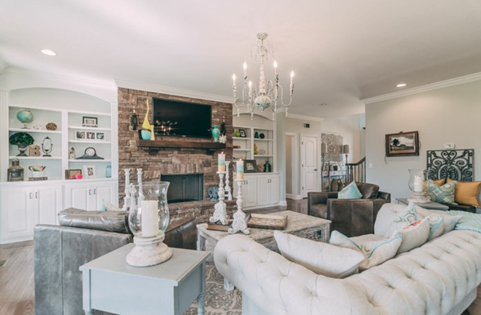
Check the authenticity: When buying antique pieces, it’s important to ensure that they are genuine. Look for markers of authenticity, such as maker’s marks, labels, or other identifying features.
Shop in a variety of places: Vintage and antique pieces can be found in a variety of places, including antique shops, flea markets, and online marketplaces. Don’t be afraid to explore different shopping options to find the perfect pieces for your shabby chic design.
Have fun with it: Shopping for vintage and antique pieces should be a fun and enjoyable experience. Embrace the process of finding unique and interesting items that reflect your personal style and taste.
How to integrate modern elements into a shabby chic space?
When adding modern elements to a shabby chic space, it’s important to keep in mind that the goal is to create a cohesive look that blends old and new seamlessly. Using neutral colors can help modern pieces blend with vintage pieces, while mixing materials can create contrast and interest. Clean lines of modern furniture can balance the soft, curved lines of vintage pieces, and pops of color can add a contemporary touch. Modern lighting fixtures and functional pieces can add a modern feel without overpowering the vintage elements in the space. Overall, finding the right balance between vintage and contemporary elements is the key to creating a shabby chic space that is both timeless and fresh
Comfort and Functionality in Shabby Chic Design
Shabby chic design is not just about the aesthetics, but also about creating a comfortable and functional living space. Here are some tips to incorporate comfort and functionality into your shabby chic design:
Use comfortable furniture: In shabby chic design, comfort is key. Opt for furniture with soft, plush cushions and cozy fabrics like cotton, linen, or wool. Vintage and antique furniture can often provide this level of comfort, but you can also find modern pieces with a shabby chic vibe that offer both comfort and style. A leather Ducaroy Sofa, escorted by a vintage coffee illustrate very well this concept when it comes to comfort and style.
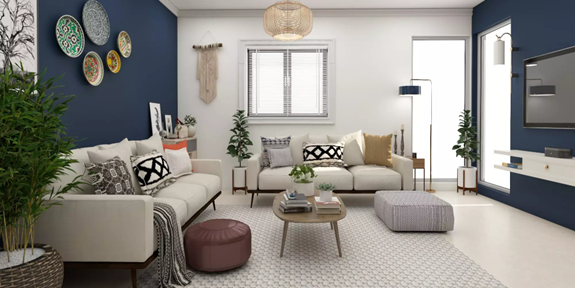
Create cozy seating areas: Shabby chic design often incorporates multiple seating areas, such as a cozy reading nook or a comfortable sofa for lounging. Consider the placement of your furniture and how you can create inviting spaces for relaxing and entertaining.
Use functional storage: Incorporating functional storage is key to keeping a shabby chic space organized and clutter-free. Look for vintage or antique pieces that can double as storage, such as an old trunk or a vintage cabinet with plenty of drawers.
Incorporate textiles: Soft, cozy textiles like throw pillows, blankets, and area rugs can add warmth and comfort to your shabby chic space. Choose natural materials like cotton or wool for a comfortable and eco-friendly option.
Tips for arranging furniture and accessories for a harmonious layout
Arranging furniture and accessories in a shabby chic space can be a bit challenging since the style often incorporates a mix of vintage and modern pieces. Here are some tips to help you arrange your furniture and accessories for a harmonious layout:
Create a focal point: Start by choosing a focal point in the room, such as a fireplace, a large piece of artwork, or a statement piece of furniture. Arrange the rest of the furniture and accessories around this focal point to create a cohesive layout.
Use a mix of furniture: Shabby chic design often incorporates a mix of vintage and modern furniture. Mix and match different styles and materials to create a layered and interesting look.
Consider the flow: When arranging furniture, consider the flow of the room and how people will move through the space. Make sure there is enough space to walk around and that furniture is arranged in a way that facilitates conversation and socializing.
Use rugs to define spaces: Area rugs can help define different spaces within a room, such as a seating area or a dining area. Use rugs to anchor furniture and create a cohesive layout.
Play with scale and proportion: Mix furniture of different scales and proportions to create a dynamic and interesting layout. For example, pair a large, overstuffed sofa with a small, delicate coffee table for a visually interesting contrast.
Add accessories: Accessories are the finishing touch in a shabby chic space. Incorporate vintage and modern accessories like lamps, vases, and artwork to add personality and interest to the room.
By using these tips, you can arrange your furniture and accessories in a way that creates a harmonious and visually interesting layout in your shabby chic space.
What was your favorite aspect of the shabby chic design? comment below!
